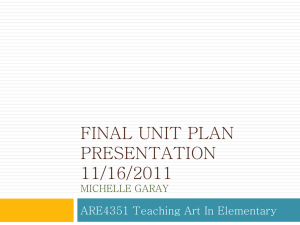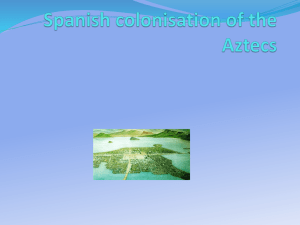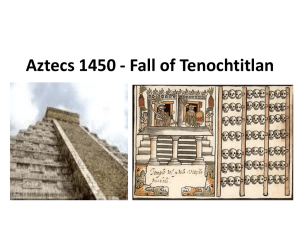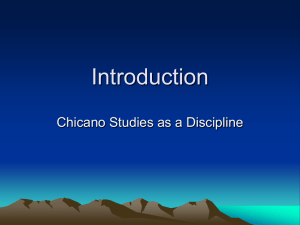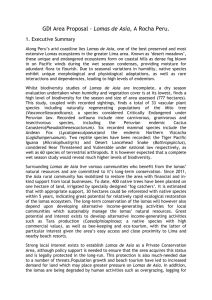bookreview_carmenlomasgarza_ontiveros.
advertisement
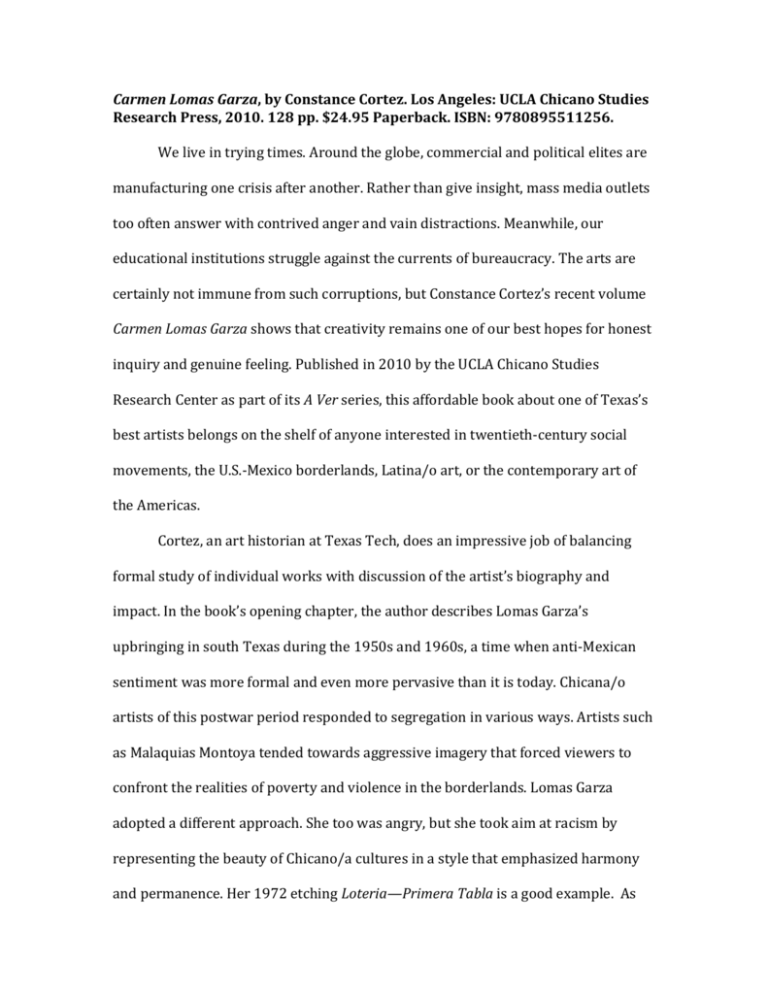
Carmen Lomas Garza, by Constance Cortez. Los Angeles: UCLA Chicano Studies Research Press, 2010. 128 pp. $24.95 Paperback. ISBN: 9780895511256. We live in trying times. Around the globe, commercial and political elites are manufacturing one crisis after another. Rather than give insight, mass media outlets too often answer with contrived anger and vain distractions. Meanwhile, our educational institutions struggle against the currents of bureaucracy. The arts are certainly not immune from such corruptions, but Constance Cortez’s recent volume Carmen Lomas Garza shows that creativity remains one of our best hopes for honest inquiry and genuine feeling. Published in 2010 by the UCLA Chicano Studies Research Center as part of its A Ver series, this affordable book about one of Texas’s best artists belongs on the shelf of anyone interested in twentieth-century social movements, the U.S.-Mexico borderlands, Latina/o art, or the contemporary art of the Americas. Cortez, an art historian at Texas Tech, does an impressive job of balancing formal study of individual works with discussion of the artist’s biography and impact. In the book’s opening chapter, the author describes Lomas Garza’s upbringing in south Texas during the 1950s and 1960s, a time when anti-Mexican sentiment was more formal and even more pervasive than it is today. Chicana/o artists of this postwar period responded to segregation in various ways. Artists such as Malaquias Montoya tended towards aggressive imagery that forced viewers to confront the realities of poverty and violence in the borderlands. Lomas Garza adopted a different approach. She too was angry, but she took aim at racism by representing the beauty of Chicano/a cultures in a style that emphasized harmony and permanence. Her 1972 etching Loteria—Primera Tabla is a good example. As Cortez explains, this image of the eclectic characters on a Mexican bingo card draws on regional traditions handed down to the artist through her family. The bright colors challenge prevailing notions of the border as a barren cultural landscape. History says that the children of “the Sixties” protested as an act of rebellion against their parents. That may have been true for some, but Mexican-American youth frequently drew inspiration from older generations. Lomas Garza admired the lotería [lottery] cards her mother drew, and she was encouraged by her parents to get involved. Cortez rightly situates Lomas Garza’s art in a Chicano/a activist tradition that reaches back to the mid-nineteenth century. She also gives engaging anecdotes from Lomas Garza’s high school and college years, and though these stories are not the centerpiece of the book, they do provide a window on the social and cultural milieu of the late 1960s and early 1970s. Students of the Chicano movement will learn from this material, as will anyone interested in a grassroots perspective on this important era. Of course, the soul of any art monograph is the artwork itself. Carmen Lomas Garza features 76 color illustrations, many of them full-page, and all accompanied by insightful commentary from Cortez. Critics have occasionally dismissed Lomas Garza as a simple-minded folk artist with little technical skill. Cortez answers these detractors with precise descriptions of the creative labor that goes into each of Lomas Garza’s works, whether done in acrylic, lithograph, paper cutout, or gouache. Cortez also interprets the many layers of the images themselves. Among her finest discussions is her study of the landscape painting Hammerhead Shark on Padre Island (1987). In this image, the viewer looks from a slight aerial perspective at twenty-three miniaturized human figures, or monitos, as they play at water’s edge. Night is falling, and a fisherman stands proudly over an enormous shark that he has pulled on the flaxen sand. Lomas Garza shows her usual keen eye for the rituals of the working-class mexicano cultures that have been recreating at Padre Island for decades. However, the image also engages more universal themes of quotidian violence and what Cortez calls the “undercurrent[s] of childhood anxiety.” Homenaje a Tenochtitlán realizes a similar balance. Unveiled at Smith College in 1992, this multimedia installation opposes colonial nostalgia, even as it traces the continuities of history. Cortez vividly describes how viewers become part of the Conquest as they “scuff the black paper” leading to a seven-foot reproduction of Mexico City’s Templo Mayor. She then catalogs the indigenous objects placed throughout: sacrificial offerings, a reminder of religion’s continued power; Aztec timepieces, a reflection of the persistent human desire to control circumstance; corn, still a staple food in the Americas; and skulls, a reminder that for all of our advances, death remains part of life. Yet while Lomas Garza sees the present in the past, Cortez notes that Homenaje still respects the alterity of history. On the temple itself are memorials to those unnamed millions killed by European colonization. In an adjacent room are memorials to the artist’s grandmother Elisa Lomas, and to artists Xavier Gorena and Enrique Flores. Lomas Garza is wrestling in this installation with a paradox that societies and individuals alike must encounter: death is both end and beginning. Through her smart commentary on the piece, Cortez contributes to recent conversations about religion’s influence —good and bad—on Latina/o communities. The 1960s are sometimes eulogized as a failed experiment in social change. Lomas Garza’s success demonstrates the folly of this view, for while the Chicano movement did not change everything, it did help transform the cultural and political institutions of the United States. In 1978, Lomas Garza curated the exhibit Homenaje a Frida Kahlo/Homage to Frida Kahlo at San Francisco’s Galería de la Raza. She and her collaborators helped popularize the brilliant Mexican artist, and they forged transnational artistic ties that exist today. Lomas Garza mentors others in the business of art, and she has consistently bridged the divide between working-class audiences and the museum industry. Cortez’s volume testifies to the lasting power of the Chicano/a arts movement. Today’s digital media has its pleasures, but there are some books worth holding in your hand, allowing the printed page to fall open where it may. This is one of those books.

